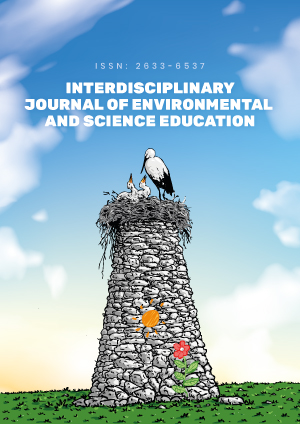Abstract
This study investigates teacher agency when teaching about climate change (CC) using a question-based approach. The study was implemented as part of an international project in which teachers’ CC teaching was supported by teacher educators. Teacher agency was studied using semi-structured interviews, which were coded using theory-based content analysis. The study demonstrates that all theory-based agency factors can be identified using this data. In addition, teacher agency was shown to be affected by (a) teachers’ background, especially their sustainability and environment-related background, (b) cultural interaction, (c) the learning environment, (d) discourses in society, and (e) teachers’ thoughts regarding useful principles of CC teaching. We suggest that teacher education should support teachers and schools in the collaborative planning of challenging topics, such as CC. In addition, as teachers possess valuable knowledge and ideas on CC teaching, they should be participating in curriculum planning.
License
This is an open access article distributed under the Creative Commons Attribution License which permits unrestricted use, distribution, and reproduction in any medium, provided the original work is properly cited.
Article Type: Research Article
INTERDISCIP J ENV SCI ED, Volume 19, Issue 4, 2023, Article No: e2317
https://doi.org/10.29333/ijese/13724
Publication date: 25 Sep 2023
Article Views: 3104
Article Downloads: 1985
Open Access References How to cite this article
 Full Text (PDF)
Full Text (PDF)